Writers often ask how long the publishing process takes. It is one of the most direct and practical questions an author can ask, and it deserves a clear answer. No two books move at the same speed, but the steps in publishing stay consistent across the industry. Once writers understand every step, they see why publishing requires patience, planning, and a realistic timeline.
The process begins when a complete manuscript arrives. From that moment forward, each stage has a purpose, and none can be skipped without consequences. Editing usually takes the first and largest portion of time. For a standard trade book, professional editing involves structural review, line editing, and proofreading. Industry timelines for editing vary widely—many editors require several weeks for a full manuscript, and larger or more complex books often take longer. Editing schedules also depend on workload, availability, and the condition of the manuscript on arrival. These are measurable factors, not subjective impressions.
Once editing ends, interior design begins. Trade publishers use software like Adobe InDesign for layout. Interior formatting involves setting margins, selecting fonts, placing chapter headings, preparing images if needed, and typesetting. A clean and accurate layout can take several days to several weeks. The timeline depends on the book length, the number of elements within, and the number of rounds of review and correction an author requests.
Cover design unfolds alongside or just after interior work. Industry-standard practice involves research, concept drafting, and several rounds of design revision. Designers often need one to three weeks for a professional cover, depending on complexity, image licensing, and feedback cycles.
Proofreading follows layout. Professional proofreaders work line by line through the designed pages, searching for errors introduced during editing or typesetting. Proofreading schedules vary, but most proofreaders need one to two weeks for a full-length book. If corrections are substantial, an additional round may be required.
Once these steps finish, files move to production. Print-on-demand printers provide estimated turnaround times. For most books, printers require several days to process files, review them, and issue an approval or correction notice. If everything is accurate, proof copies become available within days. If corrections are required, the timeline extends into additional days or weeks, depending on how quickly revisions return.
Offset printing, used for larger print runs, follows a longer schedule. Industry timelines range from three to eight weeks, depending on paper supply, press scheduling, and shipping distance. These estimates are based on printers’ posted schedules.
When printing ends, distribution begins. For print-on-demand, distribution through Amazon, Ingram, and Barnes & Noble proceeds automatically once files appear in their systems. Ingram’s metadata updates often take up to two days. Amazon’s listing updates usually appear within 72 hours for paperbacks. Barnes & Noble listings often appear within one week. These are publicized turnaround times from each retailer.
For offset print runs, distribution involves shipping books to warehouses or fulfillment centers. Shipping schedules depend on carrier availability, distance, and warehouse processing times. Each part of this stage has published transit estimates. Warehouses generally require one to five business days to process incoming stock.
When authors ask how long the entire process takes, the verifiable answer is a range, not a single date. A professionally published trade book typically requires several months from the moment a finished manuscript arrives until printed books become available. Some publishers complete the process in three to six months. Others require longer when editing volumes are high or when authors need additional revision cycles. Industry surveys confirm this range across publishing models, from traditional houses to independent presses.
Rushing any stage increases the risk of errors. Skipping editing or proofing leads to mistakes readers notice. Skipping layout review creates formatting issues. Approving covers without proper checks leads to printing or clarity problems. The publishing timeline exists to prevent these outcomes, not to slow authors down.
When writers understand each stage and see how long each step requires, they no longer view the timeline as a barrier. They see it as an investment in accuracy, quality, and credibility. Publishing, as practiced by reputable publishers and printers, follows a measurable process. When each part moves with care, the final product reflects professionalism and respect for readers.
Stories like these remind us how words shape lives—how they can steady us, stir us, and spark change. The Power of Authors, by Evan and Lois Swensen, carries this conviction to its core. It isn’t a manual on writing but a meditation on purpose, showing how every word—whether in a novel, a thank-you note, or a simple message—can echo far beyond its moment. This book invites readers to see authors not only as storytellers, but as builders of memory, guardians of truth, and quiet catalysts of change.
It’s available now on Amazon (http://bit.ly/3K6o8AM), at Barnes and Noble, and everywhere good books are sold.



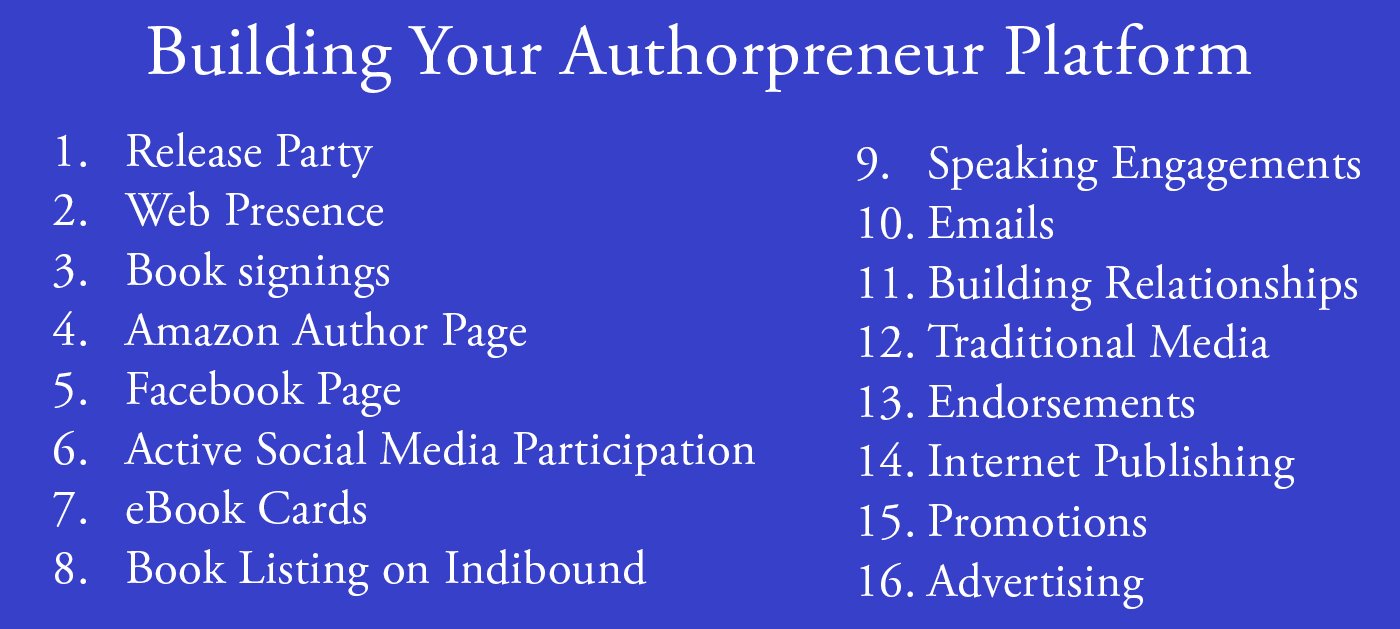
 This is Publication Consultants’ motivation for constantly striving to assist authors sell and market their books. Author Campaign Method (ACM) of sales and marketing is Publication Consultants’ plan to accomplish this so that our authors’ books have a reasonable opportunity for success. We know the difference between motion and direction. ACM is direction! ACM is the process for authorpreneurs who are serious about bringing their books to market. ACM is a boon for them.
This is Publication Consultants’ motivation for constantly striving to assist authors sell and market their books. Author Campaign Method (ACM) of sales and marketing is Publication Consultants’ plan to accomplish this so that our authors’ books have a reasonable opportunity for success. We know the difference between motion and direction. ACM is direction! ACM is the process for authorpreneurs who are serious about bringing their books to market. ACM is a boon for them. Release Party
Release Party Web Presence
Web Presence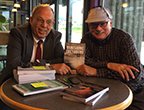 Book Signings
Book Signings Facebook Profile and Facebook Page
Facebook Profile and Facebook Page Active Social Media Participation
Active Social Media Participation Ebook Cards
Ebook Cards The Great Alaska Book Fair: October 8, 2016
The Great Alaska Book Fair: October 8, 2016


 Costco Book Signings
Costco Book Signings eBook Cards
eBook Cards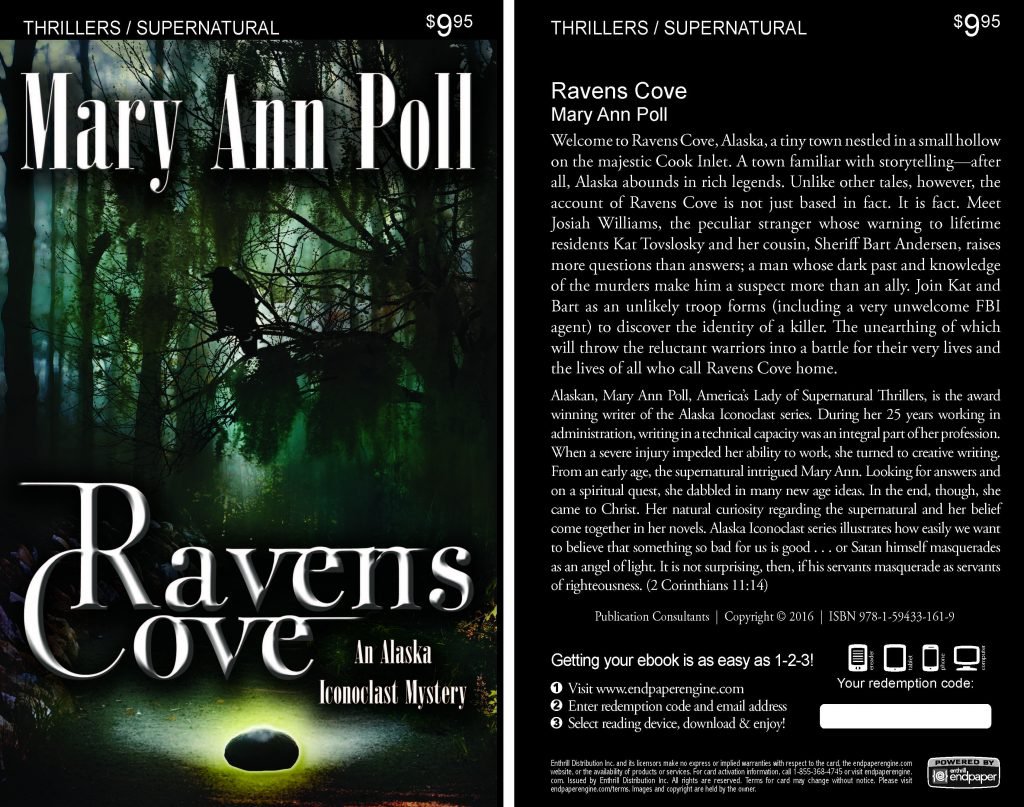

 Benjamin Franklin Award
Benjamin Franklin Award Jim Misko Book Signing at Barnes and Noble
Jim Misko Book Signing at Barnes and Noble
 Cortex is for serious authors and will probably not be of interest to hobbyists. We recorded our Cortex training and information meeting. If you’re a serious author, and did not attend the meeting, and would like to review the training information, kindly let us know. Authors are required to have a Facebook author page to use Cortex.
Cortex is for serious authors and will probably not be of interest to hobbyists. We recorded our Cortex training and information meeting. If you’re a serious author, and did not attend the meeting, and would like to review the training information, kindly let us know. Authors are required to have a Facebook author page to use Cortex. Correction:
Correction: This is Publication Consultants’ motivation for constantly striving to assist authors sell and market their books. ACM is Publication Consultants’ plan to accomplish this so that our authors’ books have a reasonable opportunity for success. We know the difference between motion and direction. ACM is direction! ACM is the process for authors who are serious about bringing their books to market. ACM is a boon for serious authors, but a burden for hobbyist. We don’t recommend ACM for hobbyists.
This is Publication Consultants’ motivation for constantly striving to assist authors sell and market their books. ACM is Publication Consultants’ plan to accomplish this so that our authors’ books have a reasonable opportunity for success. We know the difference between motion and direction. ACM is direction! ACM is the process for authors who are serious about bringing their books to market. ACM is a boon for serious authors, but a burden for hobbyist. We don’t recommend ACM for hobbyists.

 We’re the only publisher we know of that provides authors with book signing opportunities. Book signing are appropriate for hobbyist and essential for serious authors. To schedule a book signing kindly go to our website, <
We’re the only publisher we know of that provides authors with book signing opportunities. Book signing are appropriate for hobbyist and essential for serious authors. To schedule a book signing kindly go to our website, < We hear authors complain about all the personal stuff on Facebook. Most of these complaints are because the author doesn’t understand the difference difference between a Facebook profile and a Facebook page. Simply put, a profile is for personal things for friends and family; a page is for business. If your book is just a hobby, then it’s fine to have only a Facebook profile and make your posts for friends and family; however, if you’re serious about your writing, and it’s a business with you, or you want it to be business, then you need a Facebook page as an author. It’s simple to tell if it’s a page or a profile. A profile shows how many friends and a page shows how many likes. Here’s a link <> to a straight forward description on how to set up your author Facebook page.
We hear authors complain about all the personal stuff on Facebook. Most of these complaints are because the author doesn’t understand the difference difference between a Facebook profile and a Facebook page. Simply put, a profile is for personal things for friends and family; a page is for business. If your book is just a hobby, then it’s fine to have only a Facebook profile and make your posts for friends and family; however, if you’re serious about your writing, and it’s a business with you, or you want it to be business, then you need a Facebook page as an author. It’s simple to tell if it’s a page or a profile. A profile shows how many friends and a page shows how many likes. Here’s a link <> to a straight forward description on how to set up your author Facebook page.



 Mosquito Books has a new location in the Anchorage international airport and is available for signings with 21 days notice. Jim Misko had a signing there yesterday. His signing report included these words, “Had the best day ever at the airport . . ..”
Mosquito Books has a new location in the Anchorage international airport and is available for signings with 21 days notice. Jim Misko had a signing there yesterday. His signing report included these words, “Had the best day ever at the airport . . ..”


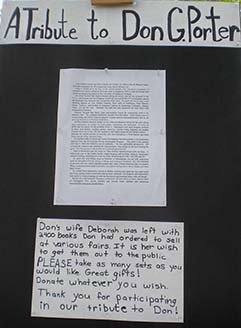
 The Lyin Kings: The Wannabe World Leaders
The Lyin Kings: The Wannabe World Leaders
 Time and Tide
Time and Tide


 ReadAlaska 2014
ReadAlaska 2014 Readerlink and Book Signings
Readerlink and Book Signings
 2014 Independent Publisher Book Awards Results
2014 Independent Publisher Book Awards Results

 Bonnye Matthews Radio Interview
Bonnye Matthews Radio Interview
 Rick Mystrom Radio Interview
Rick Mystrom Radio Interview When he published those overseas blogs as the book The Innocents Abroad, it would become a hit. But you couldn’t find it in bookstores.
When he published those overseas blogs as the book The Innocents Abroad, it would become a hit. But you couldn’t find it in bookstores. More NetGalley
More NetGalley Mary Ann Poll
Mary Ann Poll
 Bumppo
Bumppo
 Computer Spell Checkers
Computer Spell Checkers Seven Things I Learned From a Foreign Email
Seven Things I Learned From a Foreign Email 2014 Spirit of Youth Awards
2014 Spirit of Youth Awards Book Signings
Book Signings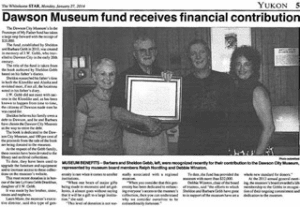


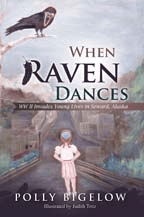 Blog Talk Radio
Blog Talk Radio Publication Consultants Blog
Publication Consultants Blog Book Signings
Book Signings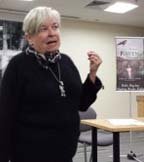
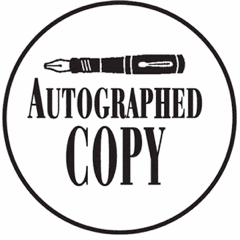


 Don and Lanna Langdok
Don and Lanna Langdok Ron Walden
Ron Walden Book Signings Are Fun
Book Signings Are Fun Release Party Video
Release Party Video
 Erin’s book,
Erin’s book,  Heather’s book,
Heather’s book,  New Books
New Books